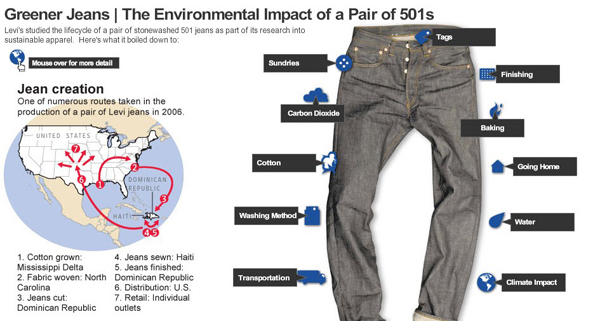Now we are all witnessing the era of switching to green concepts, and most of the global brands are trying hard to change out life for better by introducing new approaches to making industries more eco-friendly . This dedication became the basis for the Eco Index, launched earlier this month and described as a “ground-breaking environmental assessment tool designed to advance sustainability practices within the outdoor industry.”
Development of the tool (which is now available only to developers and participants) is a collaborative work, in which around 100 global (Nike, Timberland, Adidas, Levi’s and Columbia among them) and local brands, Eco Working Group at the US Outdoor Industry Association and the European Outdoor Group are engaged. It was unveiled for brands at the Outdoor Retailer trade show in Salt Lake City in the beginning of August. The new tool, which has been in development for 3 years, is said to provide «companies throughout the supply chain a way to benchmark and measure their environmental footprint, allowing them to identify areas for improvement and make informed sourcing and product life cycle decisions.» In other words, it is created to help the apparel and footwear brands see how their products affect the environment on different stages (from the raw materials to taking the clothes to the dumping ground).
Image Courtesy: The Wall Street journal
At present, the entered information will be available only to brands’ representatives, but the companies believe that over some time it will be open to consumers as well. Levi’s Vice President of Social and Environmental Sustainability, Michael Kobori, assures that the the tool will become available «as soon as we can get everybody to agree» on how to communicate it. Maybe, the new tool will provide information the way Timberland’s Green Index does.
To date, the tool is being used only by clothing companies, as no luxury manufacturer has joined the project yet.
The process of collection of the data and rating will be split into two phases. The Phase 1 (which includes areas of water, waste, and energy use/greenhouse gas emissions) is already under development with its official launch slated for January 2011. The remaining components (the Transportation and Distribution lifecycle stages) will be worked on during the Phase 2, beginning in early 2011.
